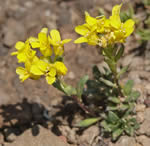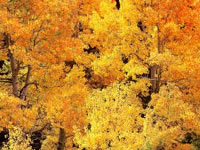Southwestern Region
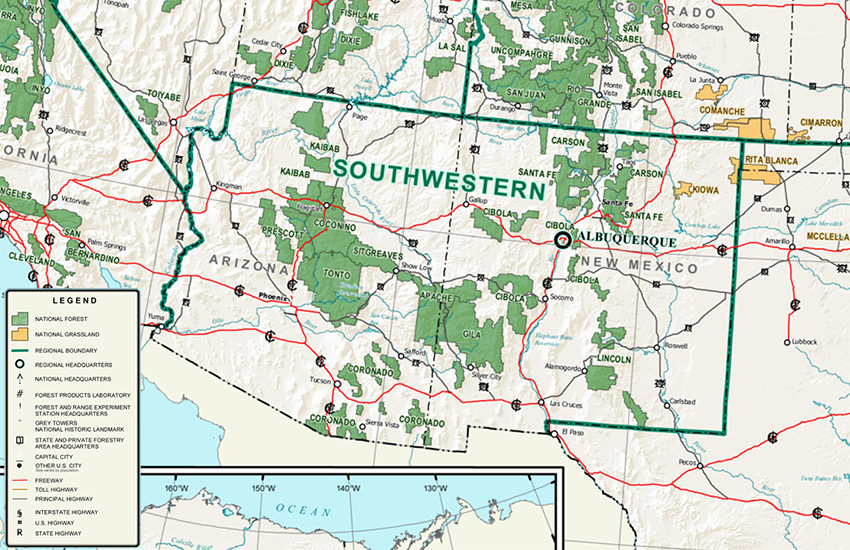 Southwestern Region. From “Guide to Your National Forests and Grasslands (PDF)”, 2006.
Southwestern Region. From “Guide to Your National Forests and Grasslands (PDF)”, 2006.
Eleven national forests in Arizona and New Mexico and two national grasslands in New Mexico, Texas, and Oklahoma make up the Southwestern Region of the U.S. Forest Service. With elevations ranging from 1,300 feet in the Sonoran Desert on the Tonto National Forest to 13,161 feet in the alpine tundra of Wheeler Peak on the Carson National Forest, the vegetation is extremely varied and the wildflower viewing opportunities are tremendous!

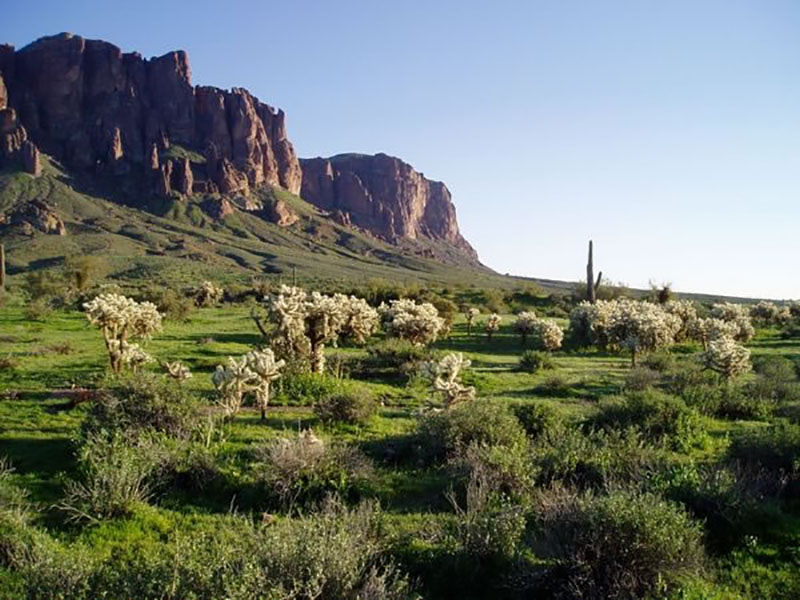 The Superstition Mountains loom in the background of these Sonoran Desert scenes on the Tonto National Forest near Phoenix, Arizona. Photos by Rick Allnut.
The Superstition Mountains loom in the background of these Sonoran Desert scenes on the Tonto National Forest near Phoenix, Arizona. Photos by Rick Allnut.
News
Botanists Call Them “Novelties”
Botanists have been exploring North America for more than 250 years and they have found about 20,000 species of vascular plants. With that many plants, you would think botanists had found them all; but you would be wrong. About 40 new plant species are discovered each year in North America. Botanists call these new species “novelties” and the hope of finding new novelties keeps botanists exploring the remote nooks and crannies of North America year after year. Read more…
Rare Orchid New to the United States Doing Fine on the Lincoln National Forest
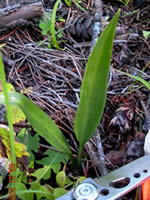 Microthelys rubrocallosa. Photo by Tyler Johnson.
Microthelys rubrocallosa. Photo by Tyler Johnson.
In August, 2004, botanist Marc Baker discovered an orchid on the Lincoln National Forest that he could not identify, so he asked his friend and orchid expert Ron Coleman for help. It was a year later before Coleman could find plants suitable for an accurate identification. He determined the orchid was Microthelys rubrocallosa, a close relative of the ladies’-tresses orchids in the genus Spiranthes. This orchid had never been seen in the United States. Previously, it was only known from a few collections in the Sierra Madre of Chihuahua, Mexico, some 270 miles to the south. Read more…
Rare Plant Conservation Success Stories
- Botanists Team Up to Recover Holy Ghost Ipomopsis
- U.S. Fish and Wildlife Service Makes the Endangered Sacramento Prickly Poppy a Spotlight Species
Also See…
Fading Gold: The Decline of Aspen in the West
Fading Gold explores the aspen community in the western United States. It describes how aspen grows, the decline of aspen from in the Rocky Mountains to the Sierra Nevada Mountains, and the challenges for aspen in the western landscape. We feature aspen's beautiful fall colors, wildflowers in the aspen community, and the traces left in the aspen groves by past visitors.
Sky Islands
“Sky Islands” are isolated mountain ranges in southeastern Arizona and northern Mexico. Some of the mountains rise more than 6,000 feet above the surrounding desert floor making the lowlands and high peaks drastically different. Plants and animals living in the mountains could never survive in the surrounding deserts. Thus by analogy, the mountains are “islands” surrounded by deserts that are “seas”.
Visit “Beauty of It All” for a closer look at the beautiful wildflowers of our national forests and grasslands …
Wildflower Photographs
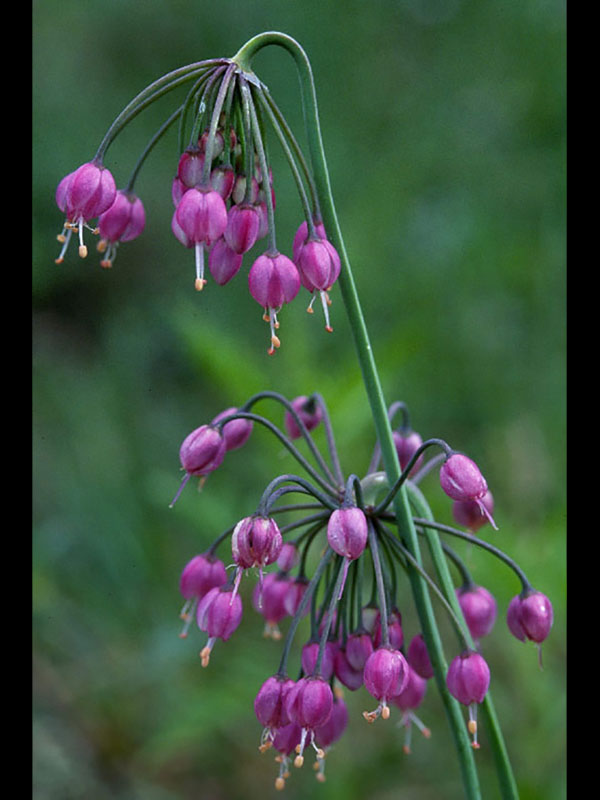
Nodding onion (Allium cernuum). Photo by Robert Sivinski, CalPhotos.
-
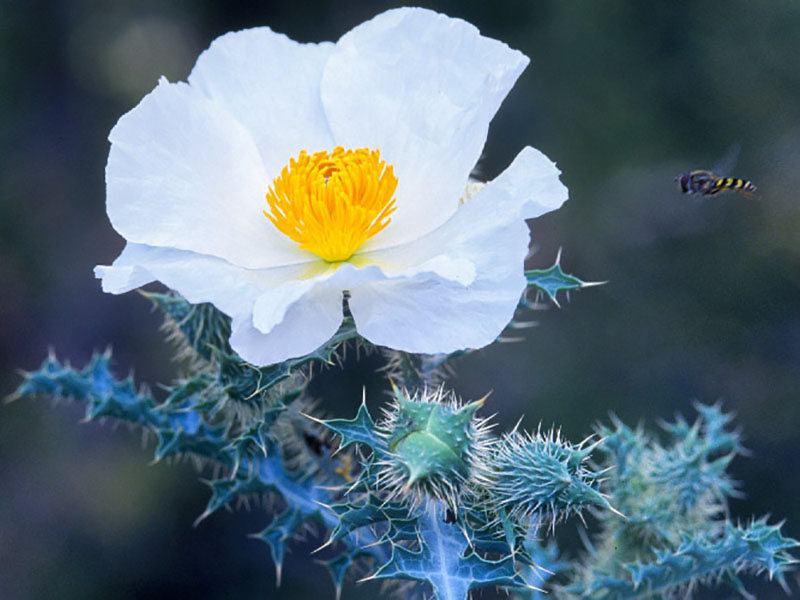
Sacramento prickly poppy (Argemone pleiacantha spp. pinnatisecta). An endangered plant. Photo by Robert Sivinski.
-
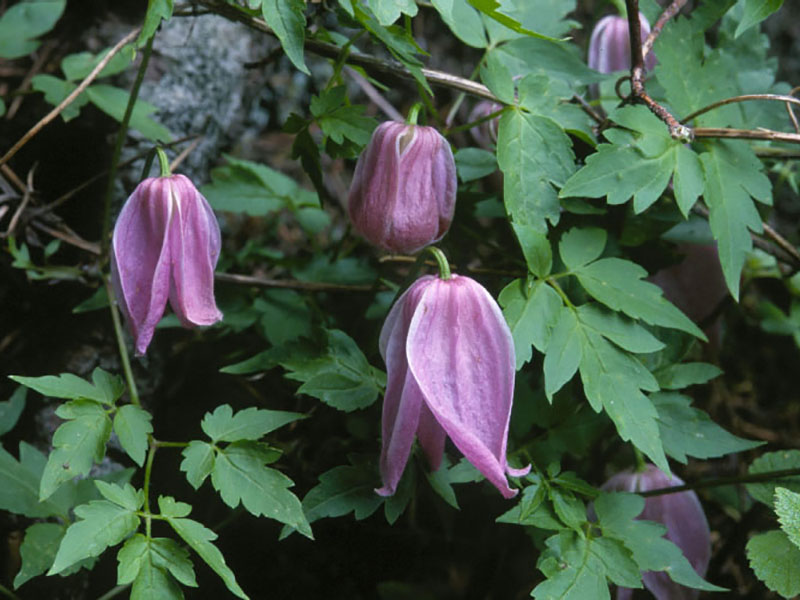
Rock clematis (Clematis columbiana). Photo by Robert Sivinski, CalPhotos.
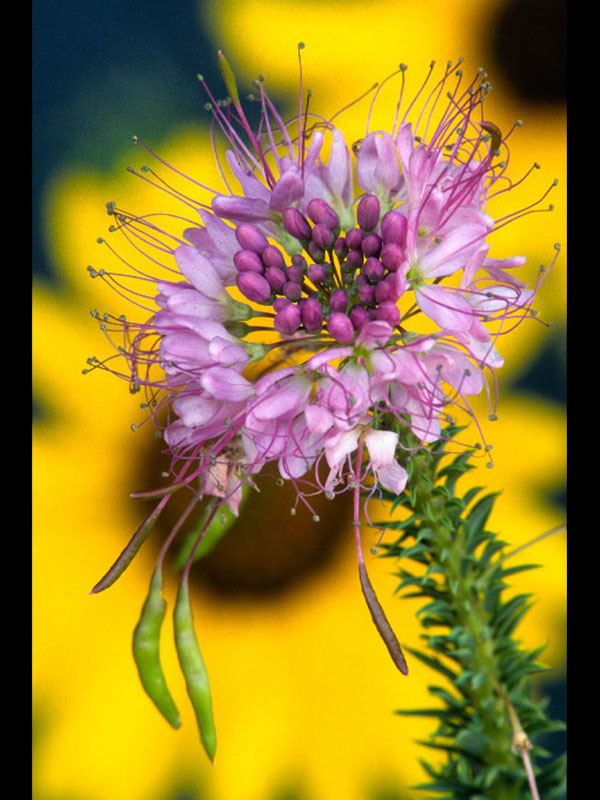
Rocky Mountain beeplant (Cleome serrulata). Photo by Robert Sivinski, CalPhotos.
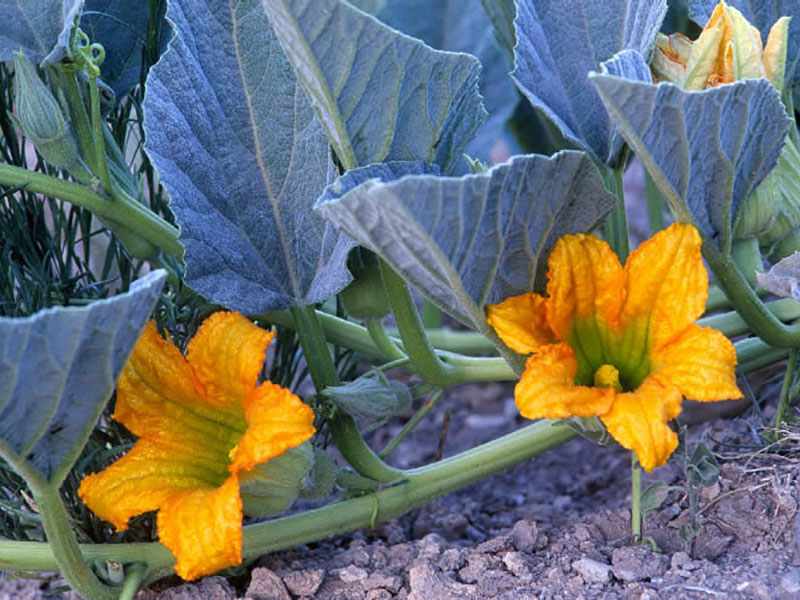
Missouri gourd (Cucurbita foetidissima). Photo by Robert Sivinski, CalPhotos.

Tree cholla (Cylindropuntia imbricata). Photo by Robert Sivinski, CalPhotos.
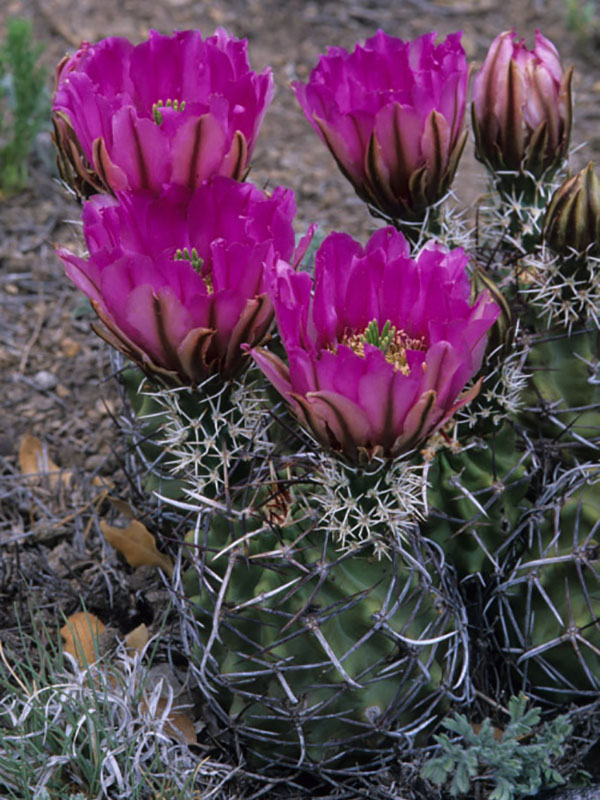
Kuenzler's hedgehog cactus (Echinocereus fendleri). An endangered plant. Photo by Robert Sivinski.
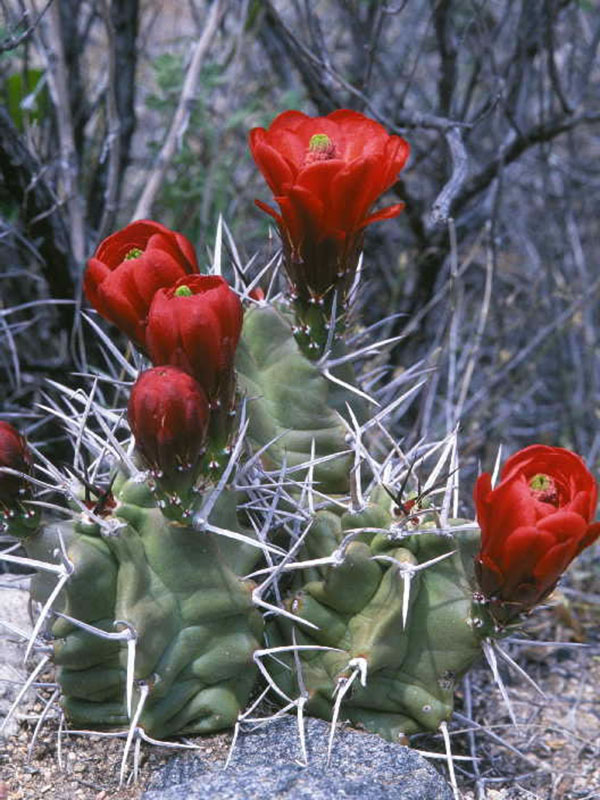
Kingcup cactus (Echinocereus triglochidiatus). Photo by Robert Sivinski, CalPhotos.
-
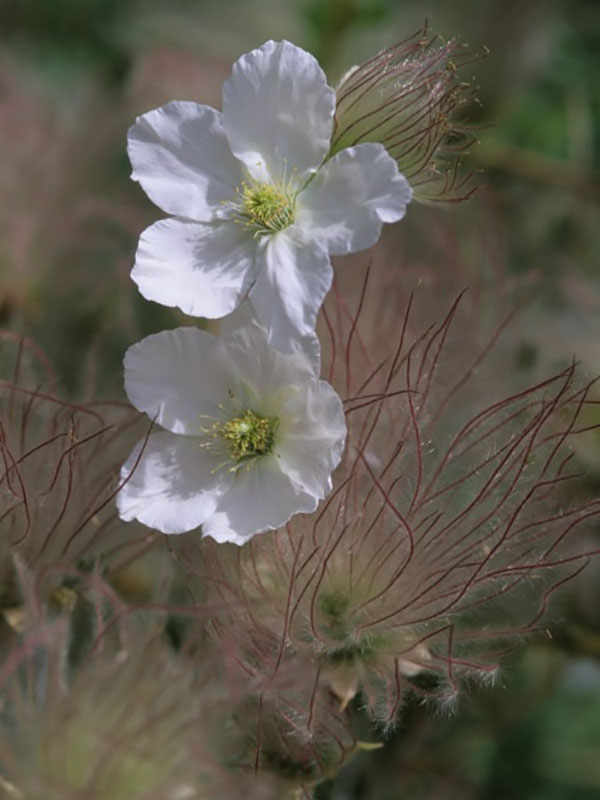
Apache plume (Fallugia paradoxa). Photo by Robert Sivinski, CalPhotos.
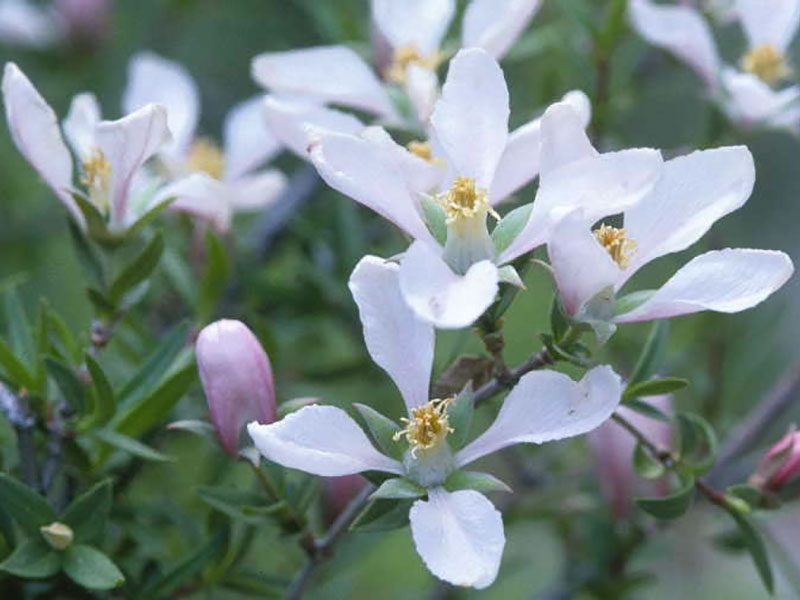
Cliff fendlerbush (Fendlera rupicola). Photo by Robert Sivinski, CalPhotos.
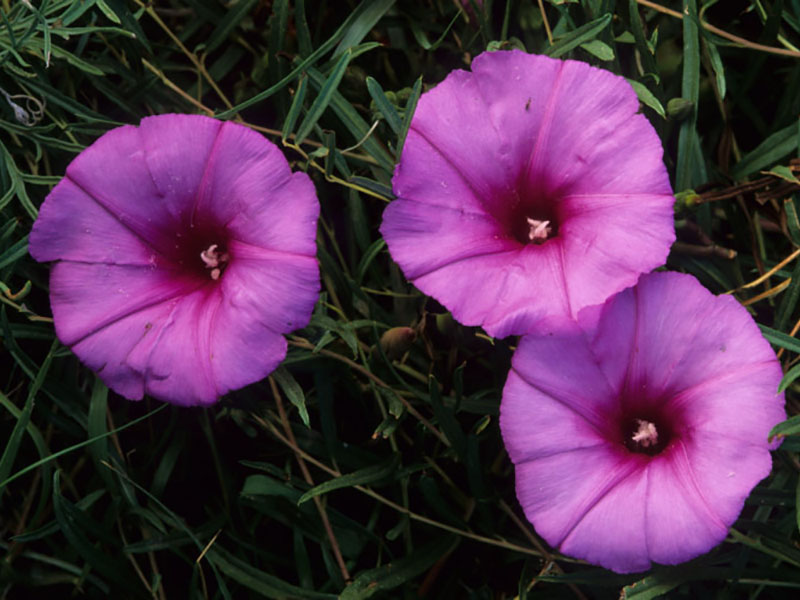
Bush morning-glory (Ipomoea leptophylla). Photo by Robert Sivinski, CalPhotos.

Scarlet gilia (Ipomopsis aggregata). Photo by Robert Sivinski, CalPhotos.

Holy Ghost ipomopsis(Ipomopsis sancti). An endangered plant. Santa Fe National Forest. Photo by Robert Sivinski, CalPhotos.
-
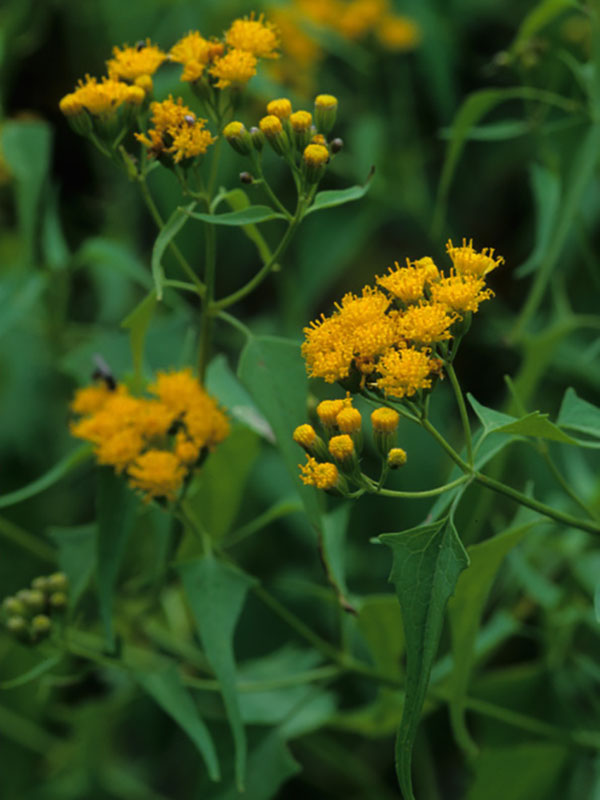
Mountain tail-leaf (Pericome caudata). Photo by Robert Sivinski, CalPhotos.

Woods' rose (Rosa woodsii). Photo by Robert Sivinski, CalPhotos.
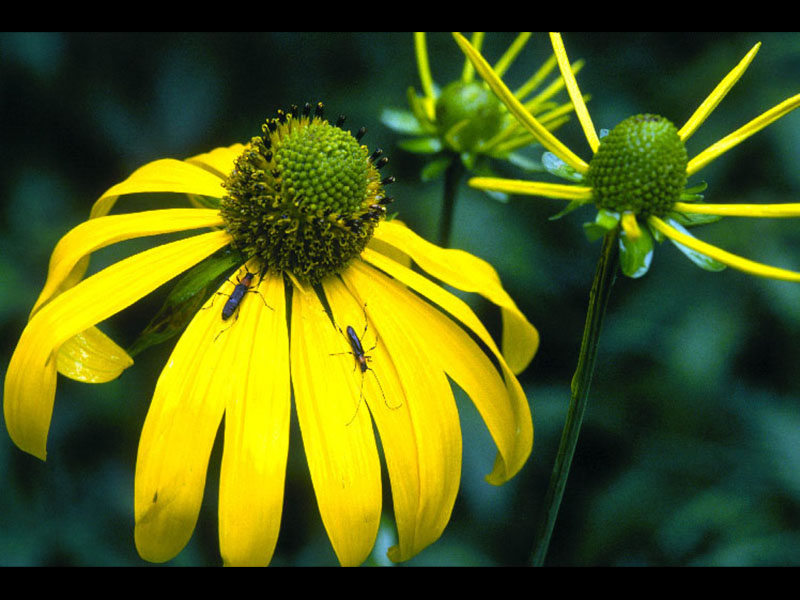
Cutleaf coneflower (Rudbeckia laciniata). Photo by Robert Sivinski, CalPhotos.


